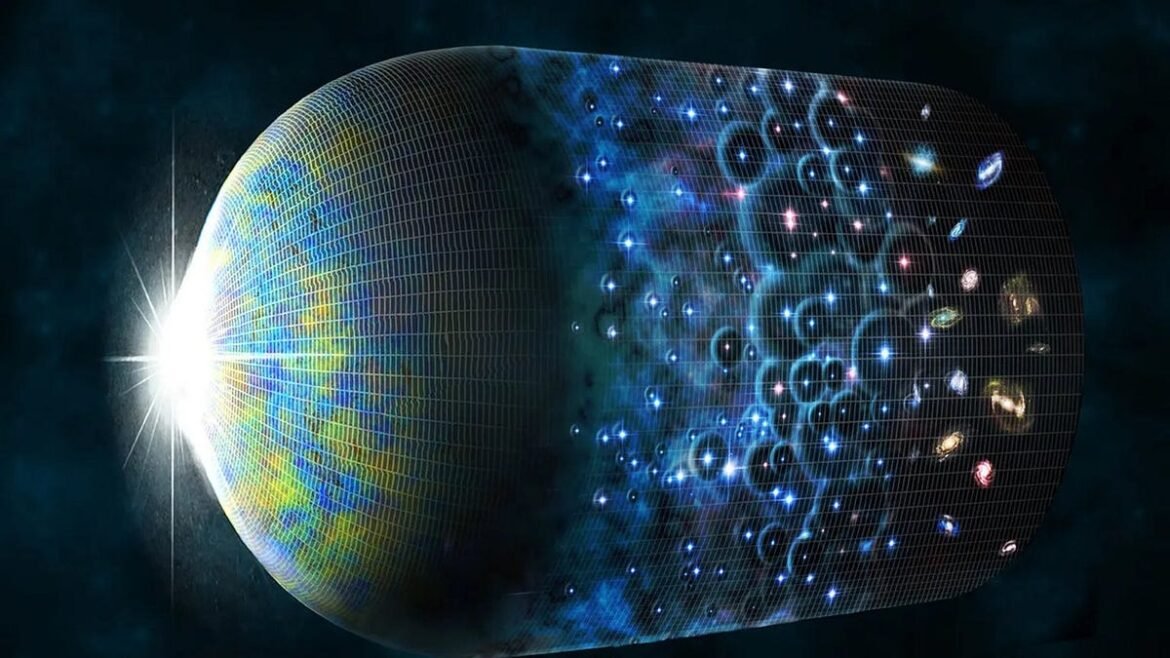For over 50 years, it’s been the scientifically accepted theory describing the origin of the Universe. It’s time we all learned its truths.
The Universe we know today, filled with stars and galaxies across the great cosmic abyss, hasn’t been around forever. Despite the fact that there are several trillions of galaxies visible to us, spanning distances of tens of billions of light-years, there’s a limit to how far away we can look. Even here in the JWST era, the most distant galaxy we’ve ever seen is located an impressive 34 billion light-years away, with its light corresponding to a time where the Universe was a mere 280 million years old: just 2% of its current age. Why can’t we see farther than that? The reason isn’t because the Universe is finite — in fact, it may well be infinite after all — but rather because it had a beginning that occurred a finite amount of time ago: the Big Bang.
The fact that we can:
- look at our Universe today,
- see it expanding and cooling,
- and infer our cosmic origins from what we observe,
is one of the most profound scientific achievements of the 20th century. The Universe began from a hot, dense, matter-and-radiation filled…

